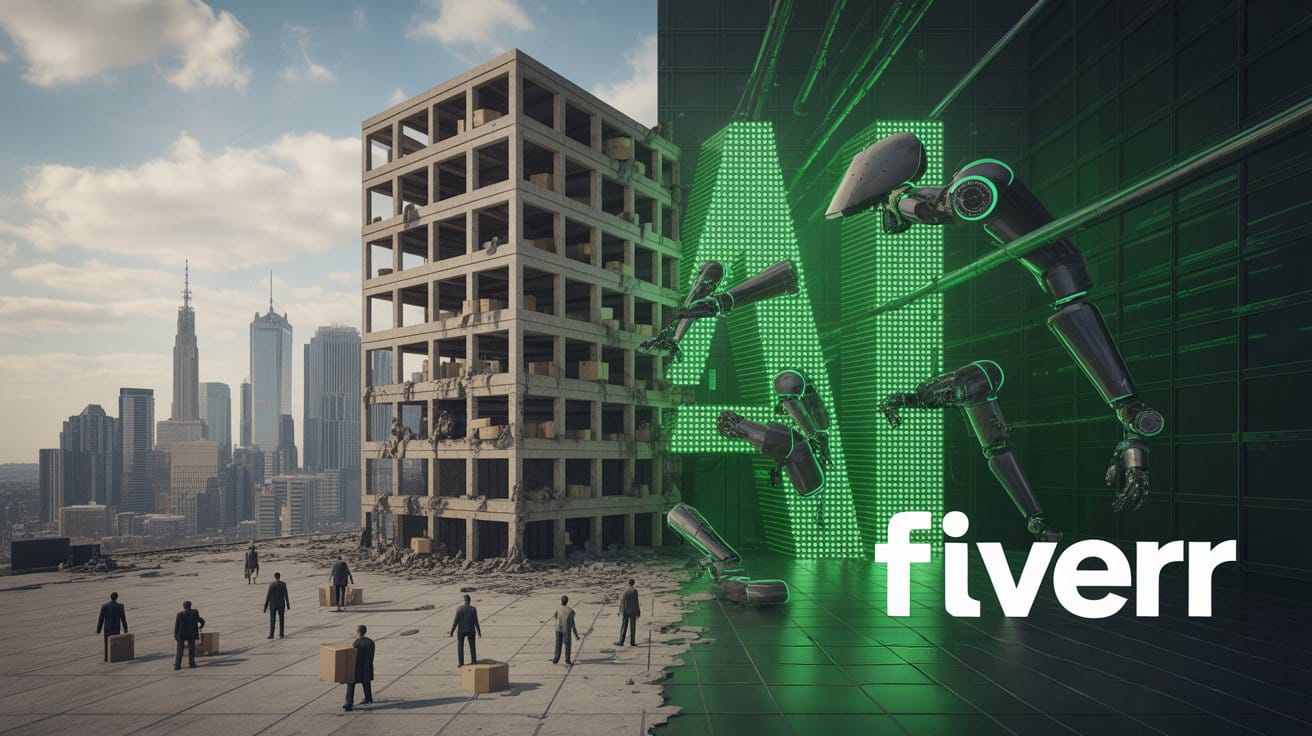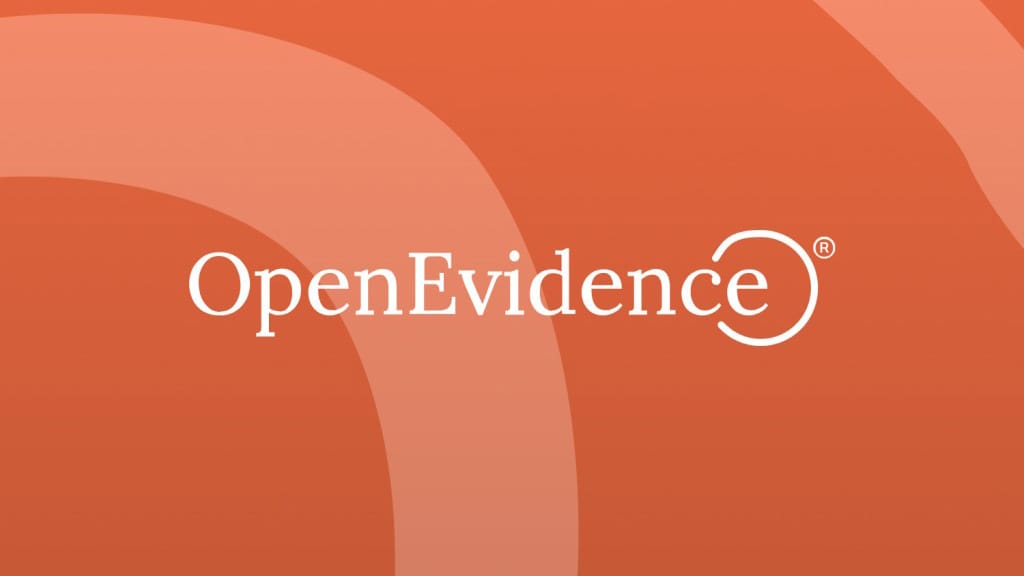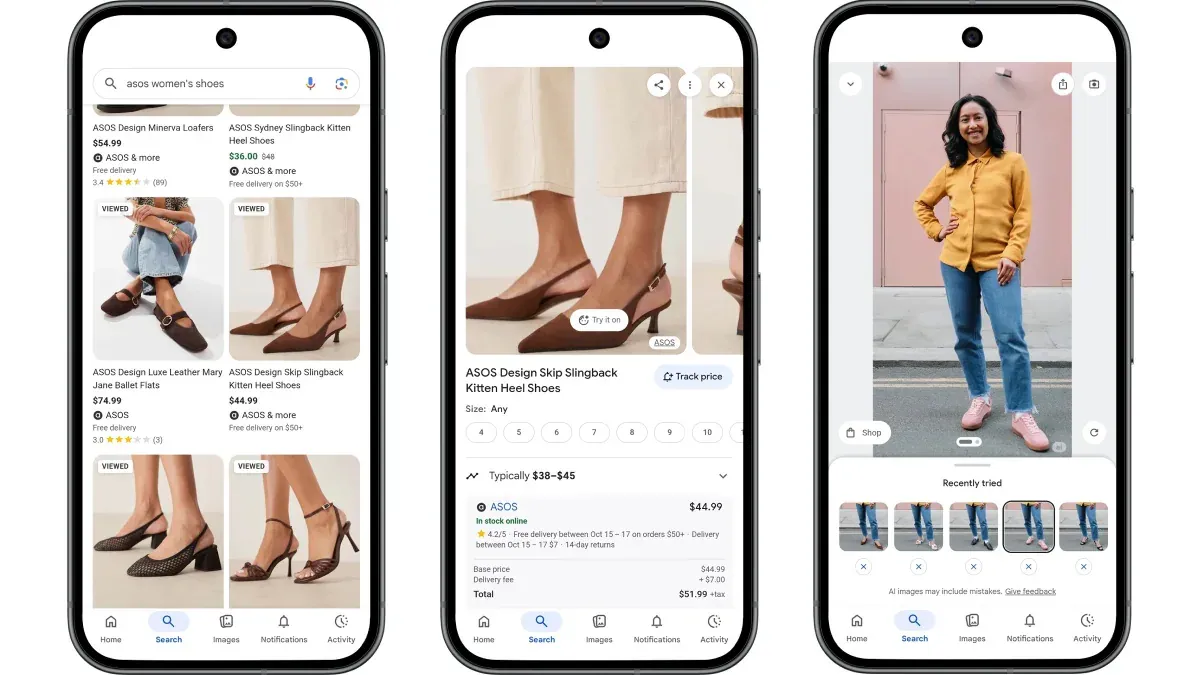Fiverr’s AI Pivot: When the Middleman Automates Itself

The gig economy was built on a simple promise. A client needed work done, a freelancer could do it, and platforms like Fiverr would connect the two. That premise carried Fiverr from a scrappy Tel Aviv startup into a publicly traded company with millions of users and billions in transaction volume. But in September 2025, the company announced a move that shook its own foundations: laying off 30 percent of its staff and declaring it would “go back to startup mode” as an AI-first platform.
CEO Micha Kaufman didn’t describe the cuts as retrenchment. He described them as rebirth. Fiverr would no longer pitch itself as the broker of human hustle. Instead, it would become an infrastructure layer where algorithms handle the matching, the workflows, and increasingly, the work itself. In other words, the middleman is trying to automate itself before clients and freelancers do it for them.
The Layoffs and the Reset
About 250 employees—nearly a third of the company—were let go in one sweep. Whole management layers were collapsed. Departments were slimmed. Kaufman’s memo to staff was blunt: if Fiverr wanted to survive in an AI-saturated market, it couldn’t operate like a lumbering public company. It had to run like a startup again, lean and experimental.
The logic was straightforward. By cutting overhead, Fiverr frees up capital to pour into AI development. Its executives framed the layoffs not as a sign of weakness, but as a redirection of resources into the infrastructure that would define the platform’s next decade. Employees who stayed were told they were part of a rebuild, not a retreat.
The market reaction was muted compared to the human cost. Investors saw it as a pragmatic pivot. Freelancers, however, heard a different message: if Fiverr is using AI to run the platform, how long before the platform uses AI to replace the people on it?
From Marketplace to Infrastructure
Fiverr began as a bazaar of micro-tasks. Designers sold logos, writers sold blog posts, developers sold code snippets. Its core value was matchmaking: surfacing the right freelancer for the right job, fast. Over the years, that matchmaking became more algorithmic. Now the company wants to push it further, turning the algorithm from a supporting role into the star.
Today, Fiverr’s AI already powers “Dynamic Matching,” customer support, and recommendation engines. The new vision goes beyond support functions. The platform itself becomes a productivity grid, where clients post needs, algorithms parse those needs, and in some cases generate the first drafts of solutions. A logo request might trigger an AI design engine before a human designer even gets a chance. A translation request might be routed to a large language model before a freelancer sees the order.
Kaufman’s pitch is that Fiverr isn’t abandoning freelancers but augmenting them, making workflows faster and smarter. The subtext, though, is unmistakable: the platform is positioning AI as the default worker and humans as the fallback.
Why the Pivot Was Inevitable
This was not a choice made in a vacuum. Generative AI has eaten into the gig economy’s core categories. Need a logo? Midjourney or Ideogram can do it in seconds. Need ad copy? ChatGPT can draft it. Need a voiceover? ElevenLabs can provide it. The entry-level jobs that once filled Fiverr’s marketplace are now achievable with free or cheap AI tools.
Clients have noticed. The phrase “AI does my job cheaper” has gone from meme to procurement strategy. If a client can generate a service themselves, why pay a freelancer at all—let alone pay a fee to Fiverr for introducing them?
That is the existential threat. Platforms like Fiverr were supposed to make freelance labor accessible and efficient. But if AI makes creative labor accessible and efficient by default, the platform risks irrelevance. Kaufman’s response is the only logical one: integrate AI directly into the marketplace, even if it means cannibalizing parts of the business. Better to be the grid distributing power than the lamp that gets unplugged.
The Freelancers’ Dilemma
For the freelancers who built their livelihoods on Fiverr, the pivot lands like a warning shot. The company insists the marketplace will still rely on human skill, but freelancers can see where the currents are flowing. If the platform’s own algorithms can handle basic jobs, then human workers are competing not against each other but against the platform itself.
The risks are obvious. Prices get pushed down as AI-assisted outputs flood the marketplace. Job categories that once sustained thousands of freelancers—logo design, transcription, short-form writing—may collapse entirely. Even skilled roles may see demand shift toward hybrid work, where humans polish or contextualize what AI produces.
Some freelancers will adapt, branding themselves as “AI whisperers” who can guide tools to produce better outcomes. Others will be forced out. Fiverr is betting that the survivors will lean on the platform more, not less, as they try to differentiate. But it is also betting that clients won’t care whether a job is done by a freelancer or a fine-tuned model—as long as it’s fast and cheap.
That’s a dangerous gamble for a company whose brand was built on empowering individuals to earn independently. If the AI grid takes over, Fiverr may look less like a gig marketplace and more like a SaaS platform where humans are edge cases.
The Canonical Middleman Pivot
Fiverr’s story is not unique. Every middleman business in the AI era faces the same choice: integrate AI or be bypassed. Advertising agencies turned into data platforms. Food delivery apps became logistics algorithms. Financial marketplaces now embed robo-advisors. The pattern is clear: the middleman must either become the AI layer or watch clients and suppliers connect without them.
Fiverr is simply the latest, and perhaps most explicit, case study. Its pivot crystallizes a truth about the AI economy: efficiency doesn’t stop at the worker. It climbs the stack, consuming the intermediaries too. The gig economy that once disrupted traditional employment now finds itself disrupted in turn.
The Fork in Fiverr’s Future
The next chapter hinges on execution. If Fiverr succeeds, it could evolve into an “AI productivity grid,” a global layer where requests flow in and algorithms route them to the cheapest, fastest mix of machine and human talent. It would no longer be just a marketplace—it would be infrastructure.
If it fails, Fiverr becomes another Web2 relic, remembered as a quirky place to buy cheap logos before AI made that entire category obsolete. The layoffs, the pivot, the rhetoric of startup rebirth will be framed not as foresight but as desperation.
The stakes go beyond one company. Fiverr’s transformation is a bellwether for the gig economy itself. If even the middlemen automate themselves, the safety net of freelance work becomes thinner. The very platforms that promised empowerment may now accelerate the replacement of human labor.





